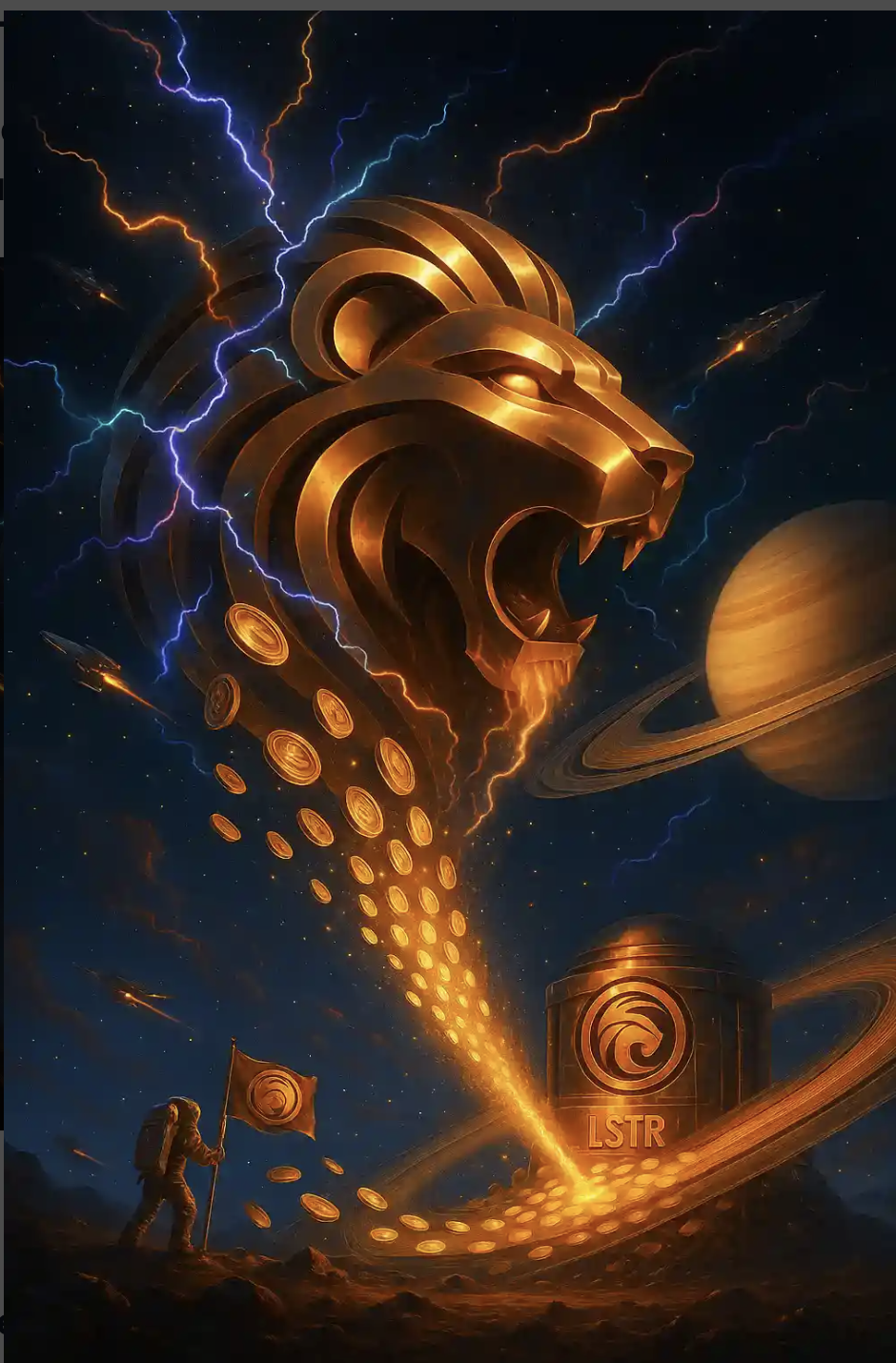Introduction
- I recently pulled a @khaleelkazi, as in I wrote a really long post.
- I wrote a an essay 1,847 words long, explaining the history of Leofinance, Decentralized FInance, how people made money, how people lost money and how the latest iteration of Leofinance seeks to solve the problems of Dcentralized FInance and make us all rich.
- I poured everything I knew into that post, trying to make my readers the reciepents of my knowledge and understanding, so they could grasp the beauty of the new Leo Token Economy and the self-perpetuating business model which creates income and produces value.
- It was a huge undertaking, but I think I failed, because it was too long..
- When I sat back and marvelled at what I had created I realized that few would read it, perhaps not even @khaleelkazi...he certainly doesn't have time for that. And I questioned myself, seriously, after all who am I that anyone will read 1800 plus of my words??? I am not Satoshi Nakamoto, and most people haven't read his White Paper.
- So I regrouped, became reaquainted with my humility and decided that what my followers really need is not a 1800 word disertation, but instead a short summary, the famous TDLR.
- So here it is, the TLDR.
- Which is humerus because To Long Didn't read is too long of a sentence to read for some people, so they abbreviate that four word sentence with 4 letters. T.L.D.R. Humans are amazing....
20 things you need to understand about the Inleo-LeoDex-Leo-LSTR-Surge Flywheel that turns the wheel, makes the cash, stakes the Leo, creates scarcity, generates income, etc.....
Based on the essay provided, here are 20 main points that summarize its key arguments and information:
My last 4 years with Leo and my experience Experience and DeFi History
- Veteran Investor: The author is a long-time investor in the LeoFinance ecosystem, having participated in all major projects created by its leader, Khal, across multiple blockchains.
- Hands-On Education: This journey provided a deep education in decentralized finance (DeFi), including concepts like yield farming, liquidity provision, and NFTs.
- Evolution of Projects: The author observed that each new project was an iterative improvement, designed to solve the shortcomings of the previous ones.
- The Flawed DeFi Model: Most early DeFi projects followed a predictable and flawed lifecycle based on inflationary tokenomics.
- Lifecycle of Failure: This cycle involved initial hype, a rapid price pump, massive token printing (inflation), and early investors selling to latecomers.
- "Bag Holders": Late investors were left holding tokens that lost up to 99% of their value, becoming the "exit liquidity" for early investors.
- Lack of Real Value: These failed projects lacked intrinsic utility or a real business model; their rewards were funded by printing more tokens.
- DeFi's False Promise: The "DeFi Summer" revolution, which promised wealth for all, ultimately transferred wealth from the many to the few.
The New, Sustainable Model
- Learning from Survivors: A few DeFi projects survived and thrived by creating real earnings and utility, which the new LeoFinance model now emulates.
- The "Secret Sauce": The new model introduces three key solutions: deflationary tokenomics, protocol-owned assets, and earnings from a real business instead of token printing.
- Real Revenue Source: The entire system is fueled by a single source of external income: trading fees from the LEOdex exchange, collected in the stablecoin USDC.
- Protocol Owned Leo (P-LEO): The core of the model is a protocol-owned treasury of LEO tokens that is permanently staked and never sold.
- The "Demand Sink": P-LEO uses its share of USDC fees to automatically buy LEO from the open market every day, creating constant, predictable buying pressure.
- Reducing Supply: Every token purchased by P-LEO is effectively removed from the circulating supply forever, creating a gradual "supply shock."
- The Strategic Amplifier (LSTR): A separate entity, LEO Strategy (LSTR), acts as a "strategic whale," aggressively buying even more LEO and amplifying the buying pressure initiated by P-LEO.
The Flywheel Effect and Conclusion
- A Virtuous Cycle: This creates a self-reinforcing flywheel: trading fees fund LEO buybacks, which increases the token price, which in turn attracts more users and volume to LEOdex, generating more fees.
- From Inflation to Deflation: The system uses external revenue to create deflationary pressure (reducing supply) rather than paying rewards with inflationary emissions (increasing supply).
- Structural Demand: The demand for the LEO token becomes structurally embedded in the protocol's daily operations, rather than being based purely on market speculation.
- Potential for Generational Wealth: The author is highly optimistic that this sustainable model could create ever-increasing value and become a long-term, generational wealth-building machine.
- Personal Responsibility is Key: Despite this optimism, the author strongly advises readers to do their own research, understand the project fully, and take complete responsibility for their own investment decisions.
Posted Using INLEO
